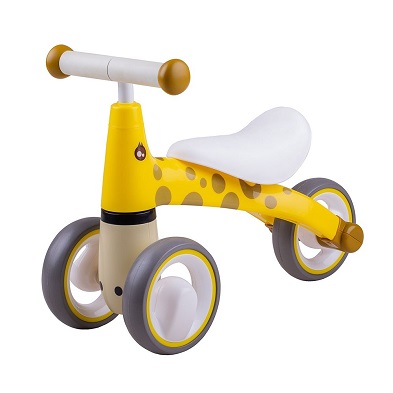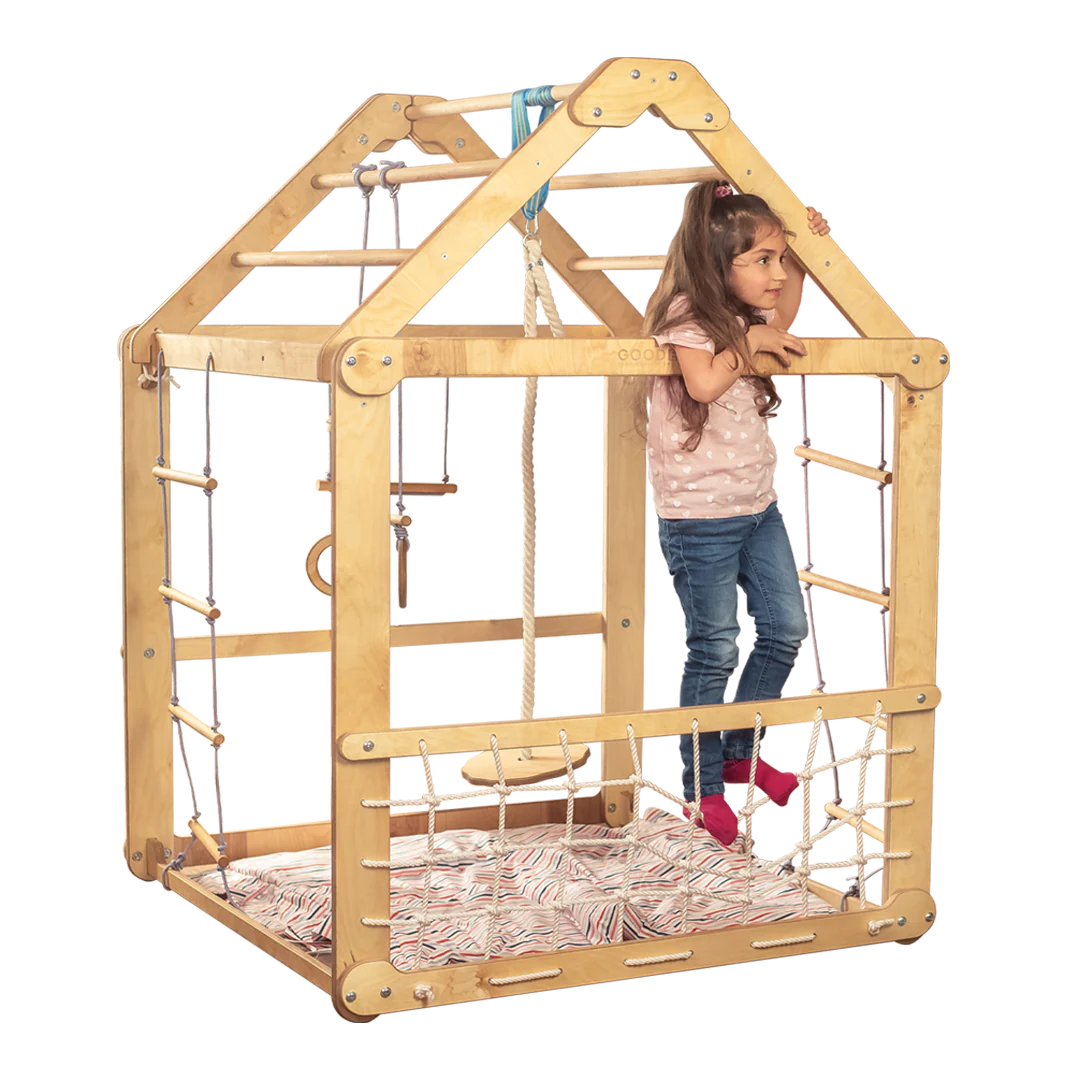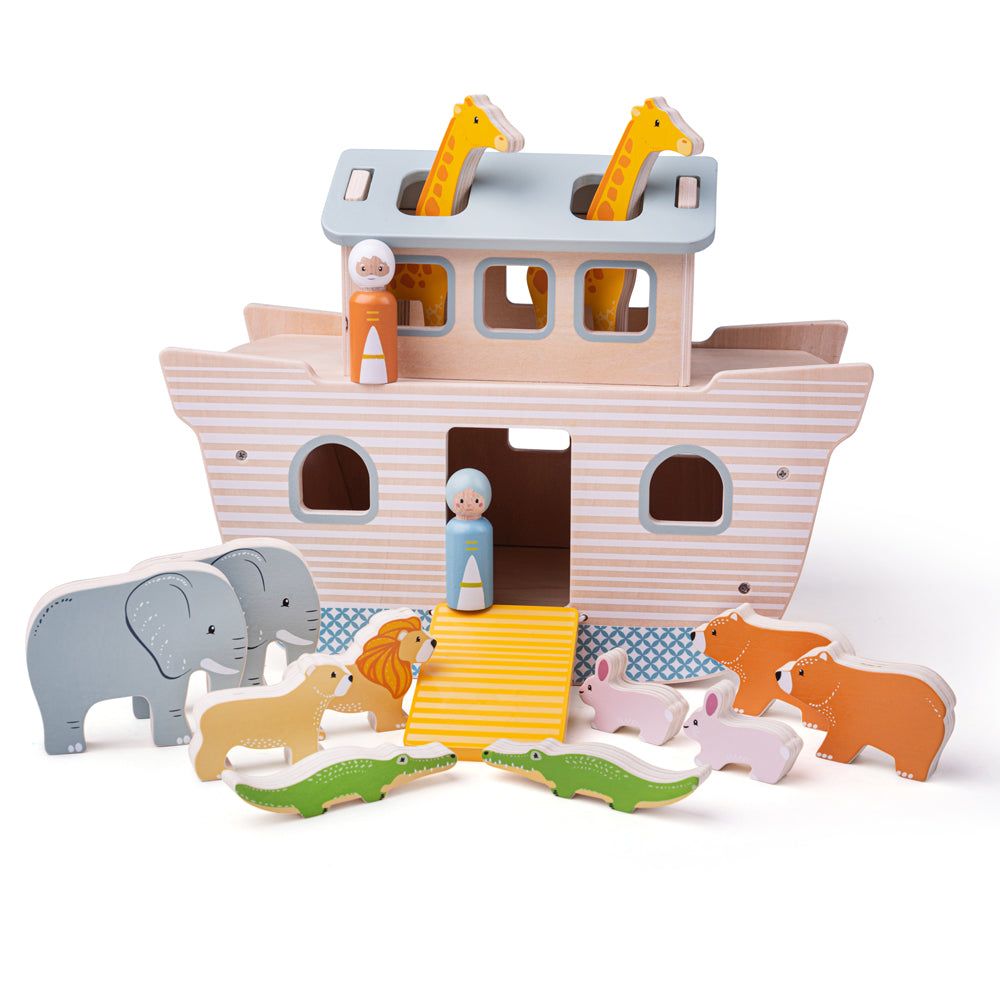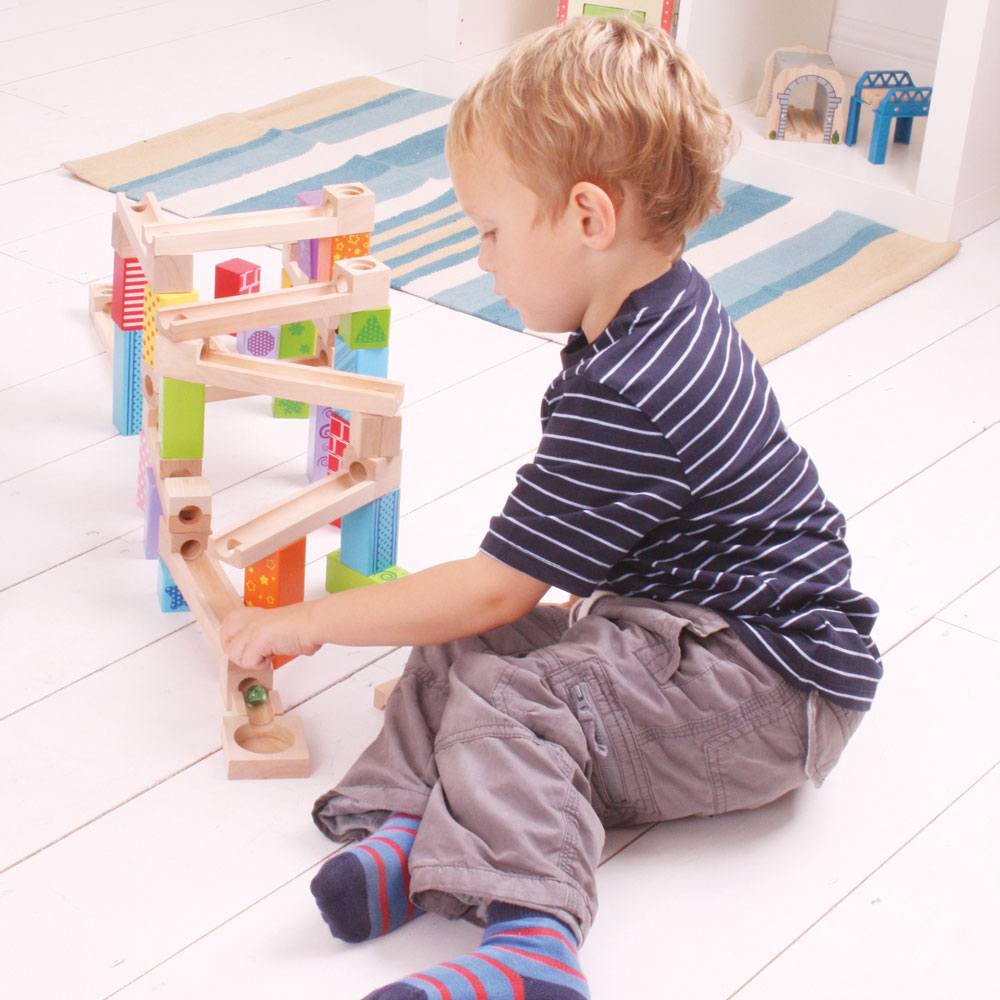Unstructured play has a vital role in strengthening a child’s imagination and creativity. As opposed to sitting your child in front of toys to play with, let them take the lead and choose how they want to spend play time. Notably, the premise of this is to remove all set guidelines and let children explore their thoughts and think differently. In particular, open ended play materials do an excellent job of this. For instance, Lego, craft supplies and anything that places your child at the forefront of decision making being the perfect example of unstructured play. As children are encouraged to form their own ideas and can create whatever they wish. To teach you a little more about unstructured play, we’ve teamed up with an independent girls’ school in Hertfordshire who have helped us in creating this post.



Examples of Unstructured Play
Some other examples include:
- Hide and Seek
- Bike riding
- Stacking blocks
- Tag
The Benefits of Unstructured Play
Creativity
As touched on before, unstructured play is essential for helping children develop their creativity. Since they will have the freedom and opportunity to explore their own ideas.
Problem Solving

During play your child will likely run into obstacles which they will need to work around. As a result, this practice can help them to strengthen their problem-solving ability. Plus, help them in dealing with other challenges that they face day to day. With this in mind, Montessori type toys are perfect for this. From open-ended Montessori toys for stacking, sorting and rearranging. To numeracy on a giant abacus and bead lacing. And even marble runs.
Resilience
Also, as they encounter and solve these problems, children develop patience and resilience. Both key life skills that will give them their “get up and go” and help them to bounce back from difficult situations.
Screentime
Children spend far too much time on their devices and unstructured play can actually be a way of replacing their devices for something much more beneficial.
Team Working Skills
If playing in a group, they will be able to work on their social skills and develop all-important team working skills.

